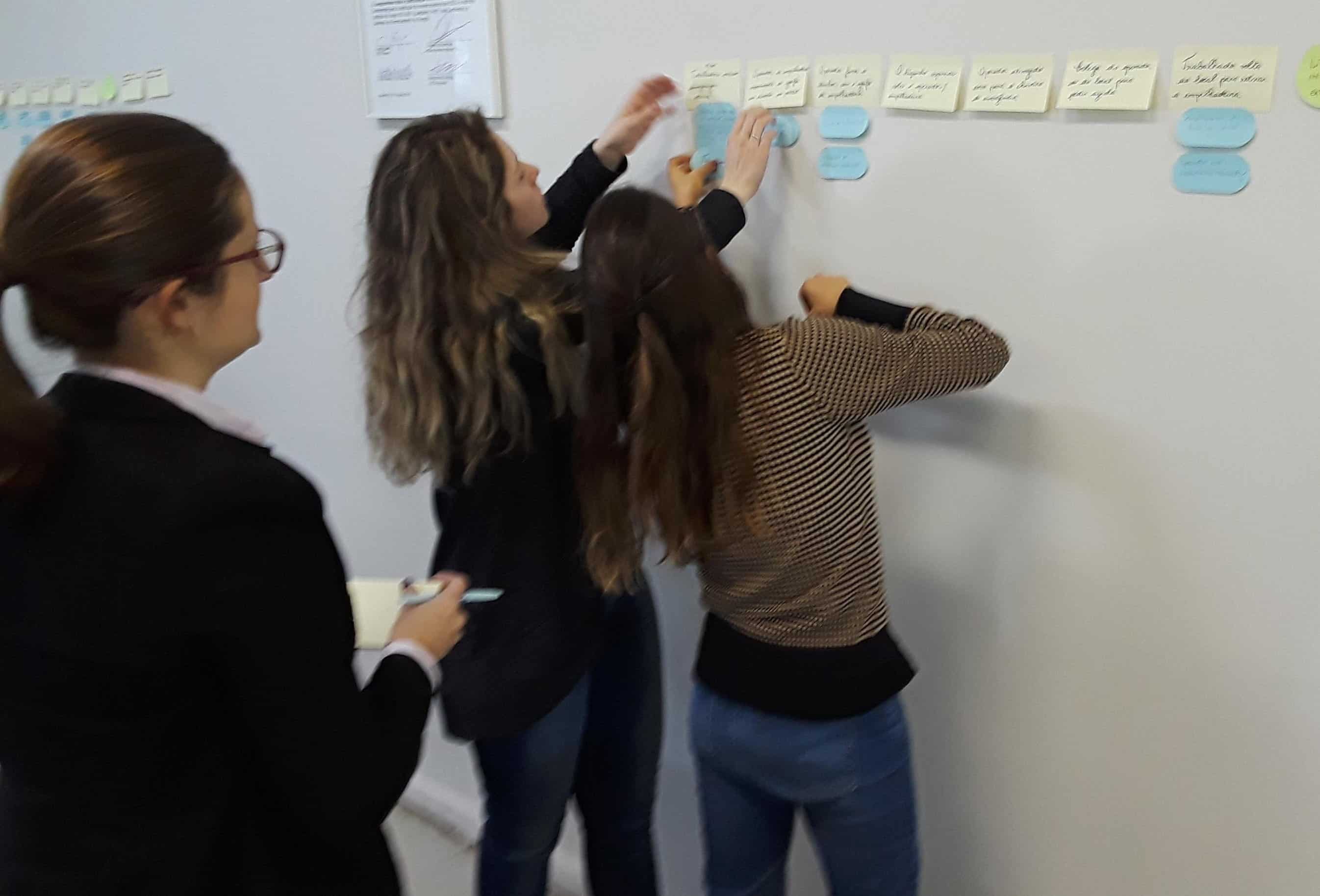Lessons Learned: What Went Wrong with a Pushback?

In attempting to reposition a G-VDIA, the pushback went awry.
During a pushback operation to reposition G-VDIA, the aircraft’s left wingtip struck the right horizontal stabilizer of G-XWBC. Both aircrafts were damaged but there were no injuries.
The operator of G-VDIA found that the pushback tug turned too soon, so the pushback did not follow the correct angle. Contrary to their company airport operating manual, the pushback was conducted without wing walkers; a wing walker on the left side of the aircraft would probably have seen the impending collision and could have stopped the pushback operation.
Safety actions were implemented by the aircraft and airport operators in response to this serious incident.
History of the flight
G-VDIA was parked on Stand 323 at London Heathrow Airport, and G-XWBC was parked alongside, on Stand 325. G-VDIA was scheduled to depart from Stand 211, so the aircraft needed to be pushed back and repositioned. G-XWBC was in the process of boarding passengers for flight.
Three people were involved in the pushback operation: a tug driver, a headset operator, and a ‘brake-rider in the cockpit. As G-VDIA was pushed back, the aircraft was turned in preparation for it entering the taxiway. The left wingtip struck the right horizontal stabiliser of G-XWBC causing damage to both aircraft.
Nobody was injured but the collision was reportable to the AAIB (Air Accidents Investigation Branch) because people were onboard G-XWBC with the intention of flight.
Aircraft examination
Both aircrafts were structurally damaged but there were no fluid leaks and no requirement for emergency intervention or containment.
Operator’s investigation
The operator concluded that as the aircraft was pushed away from the stand, the turn to enter the taxiway was initiated too early. This meant that the left wing passed over the crosshatched area, which should be kept clear of objects, between the two stands. The crosshatched area was noted to contain several items of ground equipment relating to G-XWBC, so the pushback was paused to allow this equipment to be removed. The possibility of a collision between the two aircraft was not identified at this time and the pushback resumed. None of the people involved in the pushback had a clear view of the left wing and, contrary to the operator’s procedures, wing walkers were not being used. The collision occurred shortly after the pushback resumed, and ATC intervened with an instruction to hold position. The operator reported that they introduced a requirement for wing walkers in 2021 but, in this event, this requirement was not followed by their ground handling agent. As such, the pushback operation did not comply with the operator’s procedures.
Read the rest of the AAIB account as well as the recommended safety actions, “AAIB investigation to Boeing 787-9, G-VDIA / Airbus A350-1041, G-XWBC,” published November 14, 2024.



